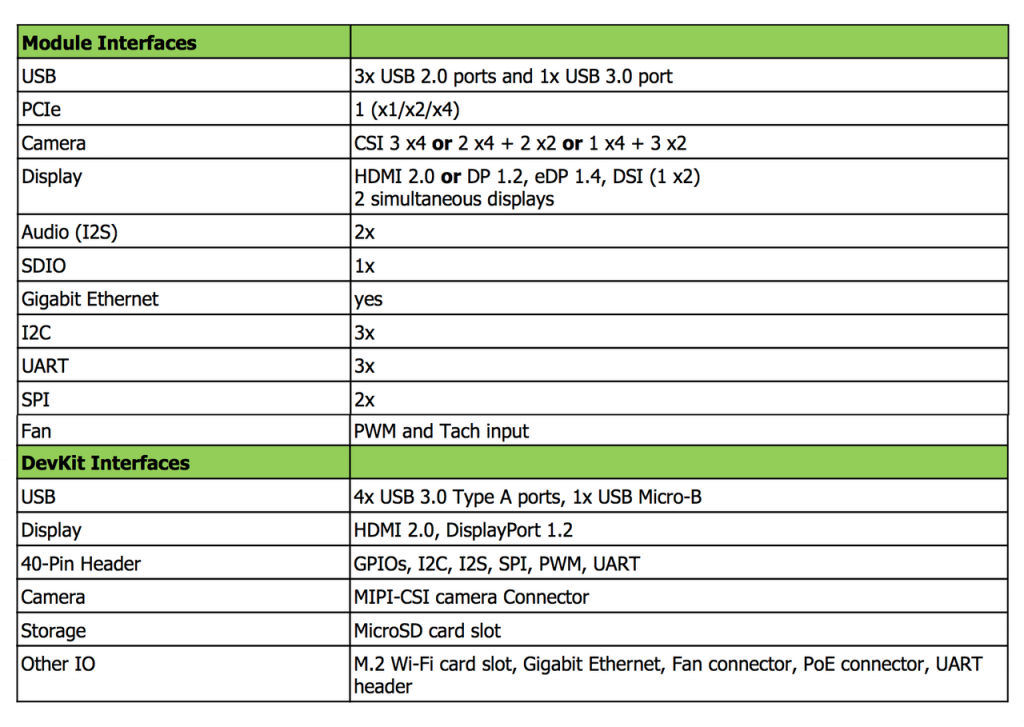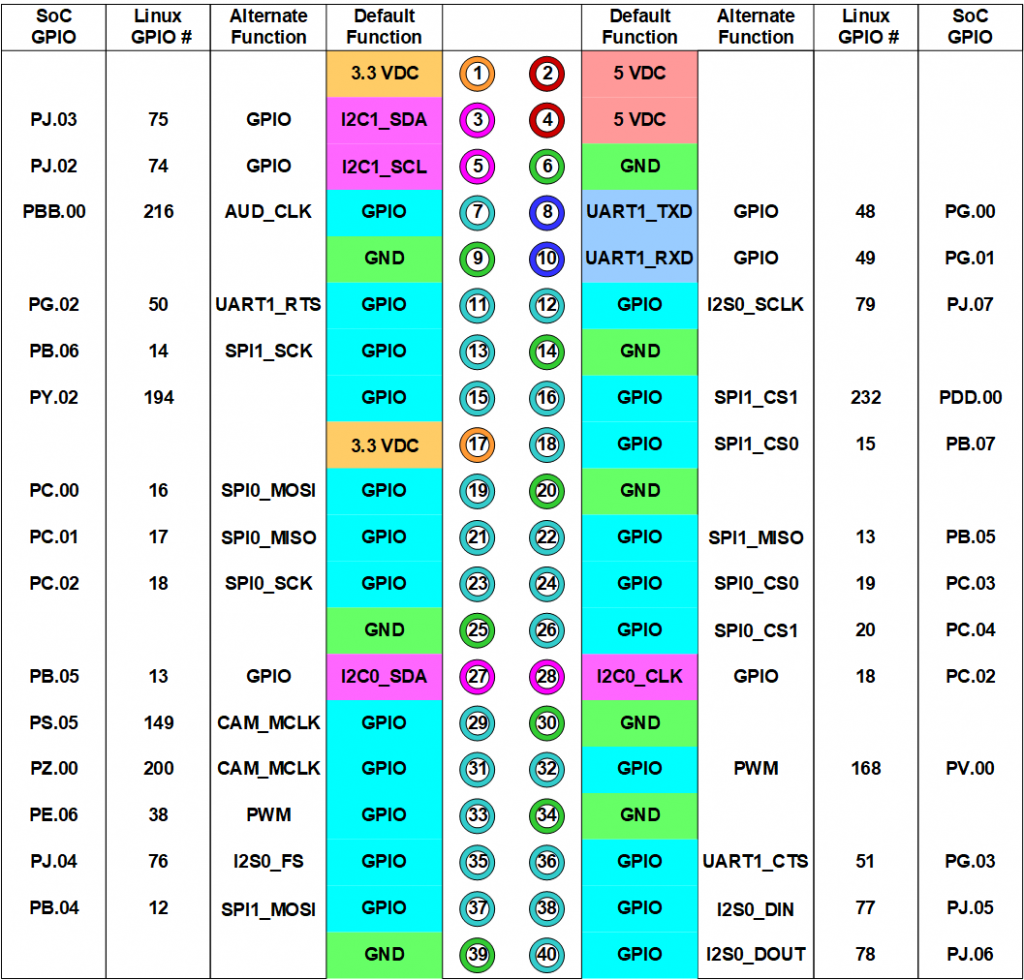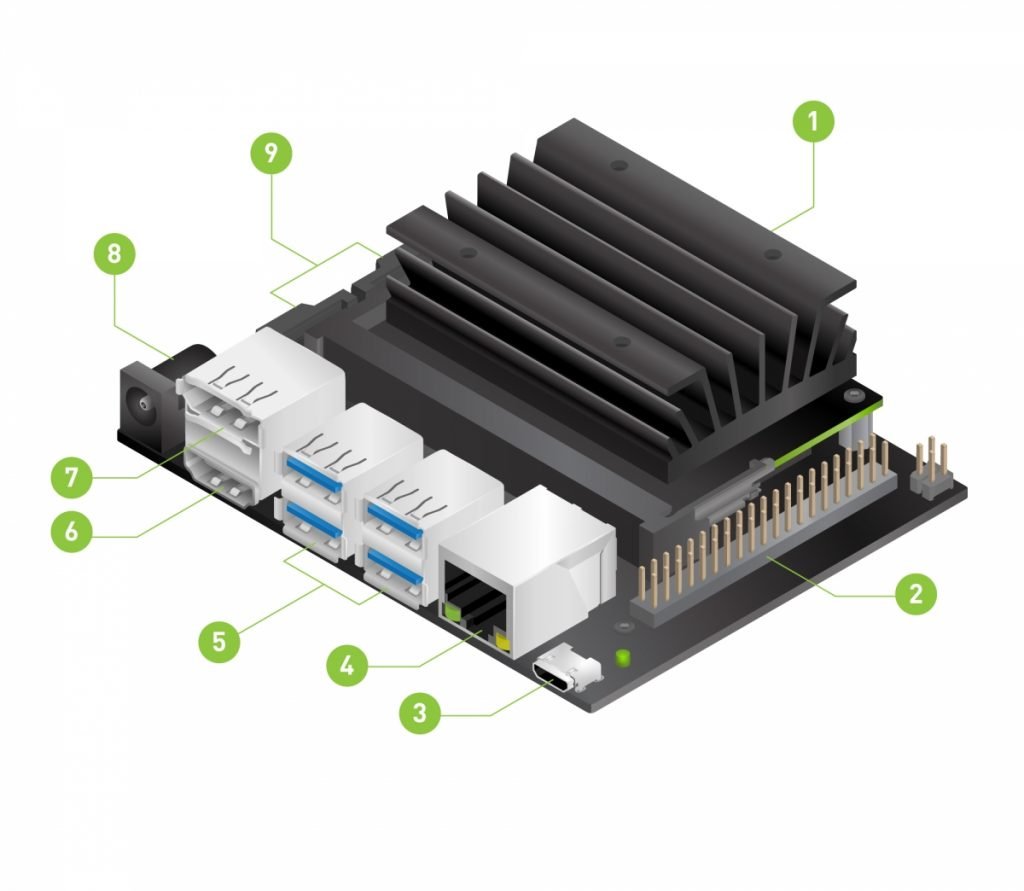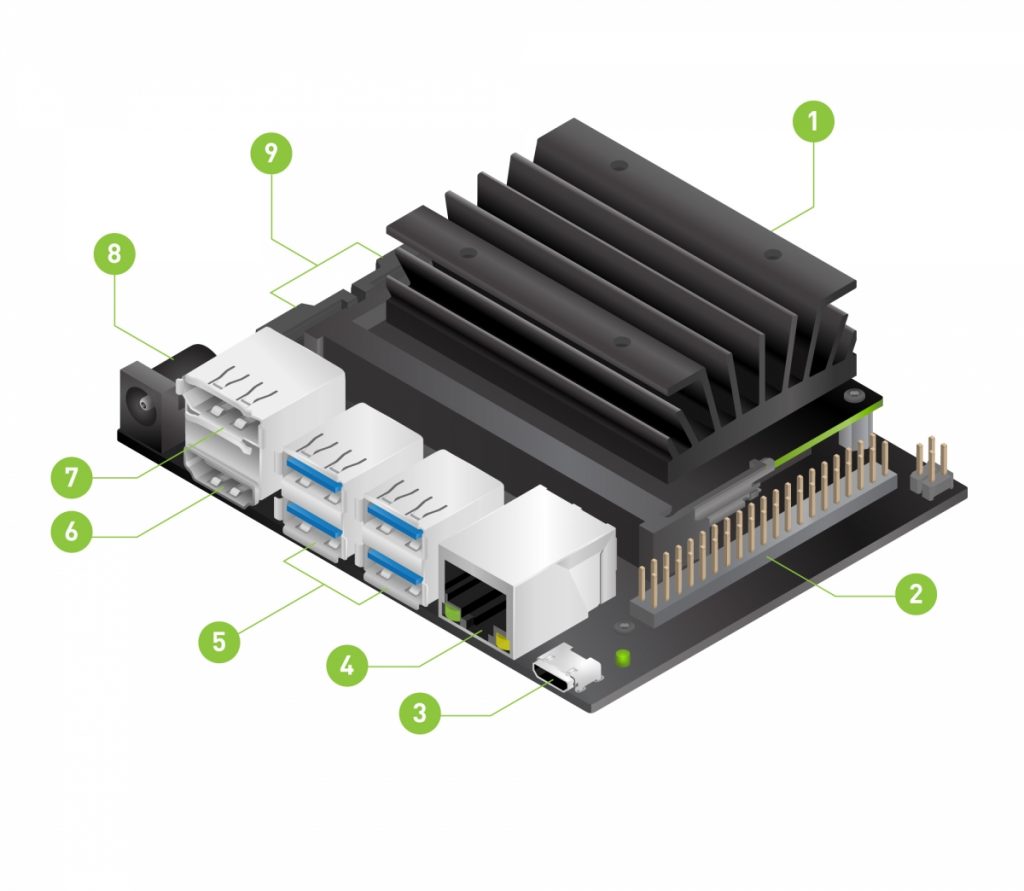While studying AI, you might be wondering what is Jetson nano board is. Anybody handy with a single board computer(SBC) could bring Jetson nano for his application. NVIDIA captures most of the area in Artificial intelligence(AI) and Machine learning(ML).
The NVIDIA Jetson nano package includes:
- Jetson nano module and reference carrier board
- Paper booklet with QuickStart and support information
- 802.11ac wireless adapter with extension cable
NVIDIA Jetson series developments kits are specially made for enthusiasts and hobbyists willing to work in AI and ML. This blog will cover the board’s introduction, its advantages, disadvantages, and areas of application.
Introduction
First of all, we see who is NVIDIA and what kind of boards they are developing. NVIDIA is an American MNC located in Delaware and based in Santa Clara, California. It has made a special impact on designing graphics processing units for the gaming and professional markets. It is also known for designing ICs which is used in gaming console and PC (personal computer).
NVIDIA also provides a cloud gaming service called GeForce. The board called Jetson Nano was launched in mid-March 2019 by NVIDIA. The intended market is open for hobbyist robotics at a reasonable price.
Jetson nano is a small AI computer made for beginners, learners, and developers. If you want to enter into AI world, this board will be the best start for you. Jetson nano is built with 64 quad-core ARM Cortex-A57 CPU. Its running speed is 1.43 GHz and has a maxwell GPU with 128 CUDA cores capable of 472 GFLOPs (FP16). Talking about processing memory, it has 4GB of 64-bit LPDDR4 RAM on-board and 16GB of eMMC storage and runs Linux for Tegra.
| 1 | MicroSD card slot for main storage |
| 2 | 40-pin expansion header |
| 3 | Micro-USB port for 5V power input, or Device Mode |
| 4 | Gigabit Ethernet port |
| 5 | USB 3.0 ports (x4) |
| 6 | HDMI output port |
| 7 | DisplayPort connector |
| 8 | DC Barrel jack for 5V power input |
| 9 | MIPI CSI-2 camera connectors |


Network Connectivity:
Even though Wireless connectivity chips are not provided inside still you can connect the board to the internet wireless with the help of adapter USB pins:
- Wired – RJ45 Ethernet connector is provided for wired connection of internet to the board.
- WLAN – Wireless networks can be accessed after plugging in a supported USB wireless networking adapter.
- WPAN – Plugging in a supported USB Bluetooth adapter, you can able to access the Bluetooth connectivity.
Ethernet Port LED Behavior:
Green LED: It shows that the ether gigabit connection is active. It will be off if no ethernet connection is there or the gigabit connection is slower than 1 gigabit/second.
Amber LED: It will flicker if there is traffic flowing through the port.
Pinout
NVIDIA nano boards pins are distributed into several SPI, I2C, UART communication pins. Let’s see how pins are allotted with certain protocols:


All pins are directly connected to the Jetson Nano board, except I2C pins. We will see the pin distribution in the below paragraph.
- Power Pins: Power pins are available in two voltage levels (3.3 and 5v). The two 5V pins can be used to power the developer kit to draw current up to 2.5A each. (Note: Do not power the board via 5v pins and USB-C connector simultaneously, which may damage the board). The power module modes are :
10W – default mode for more performance
5W – suggested for less energy use
- UART communication pins: Pin 8 and 10 are connected to the UART chip.
- I2C communication pins: I2C interface pins are pulled up with 2.2kohm resistors to 3.3V. These I2C pins are connected to an intermediate level shifter which changes the voltage from 1.8v to 3.3v. These are pins 3 and 5 and pins 27 and 28 (I2C SDA, SCL pins). Pin 8 and 10 are allotted to UART communication pins.
- SPI communication pins: SPI communication pins are allocated to pins 16, 17, 18,19 (for SPIO).
- Interface Signal Pins: All the pins use 3.3v, and by default, they are configured as GPIO pins, except communication protocols pins like (I2C and SPI pins).
Advantages
Talking in terms of advantages, the board comes with several advantages
- It comes in a compact size and is powerful enough for advanced AI applications with low power consumption
- It enables development of AI applications using NVIDIA JetPack SDK
- This board also supports Entire GPU-accelerated NVIDIA Software Stack for application development and optimization
- Good numbers of I/O Peripherals to further expand AI projects
- Large community support with a wide collection for tutorials of beginners.
- Large heatsink for better heat dissipation
- Easy to create, deploy, and maintain AI at the edge
- Flexible and scalable platform to get to market with fewer development costs
- Low power consumption
What can you do with Jetson nano?
We will divide the application/benefits of this board into two sections such as:
- Educational:
Free NVIDIA courses
Free Certification from NVIDIA
you can use it for model training in less price - Robotics:
Py Bullet
ROS
Realsense (Depth camera)
Made for AI
Disadvantages
It has very few disadvantages while taking the price into consideration
- It does not come with the WiFi module inside
- Also, they haven’t added Bluetooth to the board, while the raspberry pi comes with 10x less price and the Bluetooth and WiFi module inside it.
- Only two PWM pins have been provided on the board.
Conclusion
If you want to build a complex application on AI with a limited amount, then the jetson nano developer kit will be a good choice. It comes with a higher ARM cortex software which helps to manage all the complex levels of programs. It was the basic introduction session for the jetson nano. In the next part, we will go to how to work with the board.
I hope this will clear your doubt about the board. Feel free to comment your doubt in the comment section.


